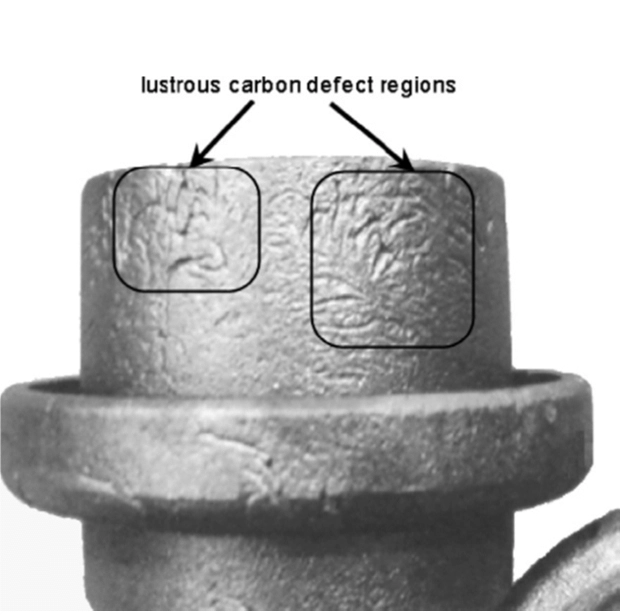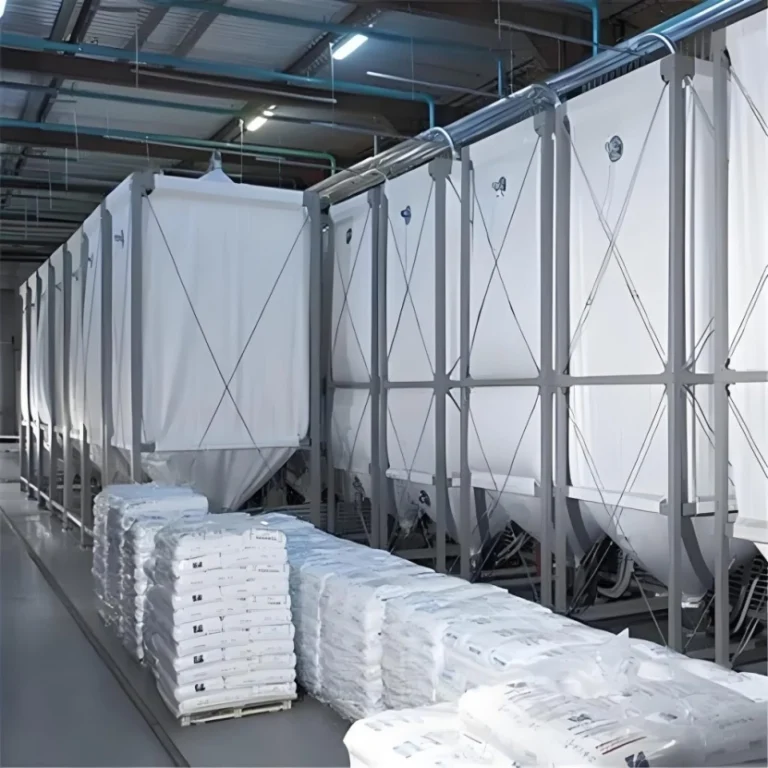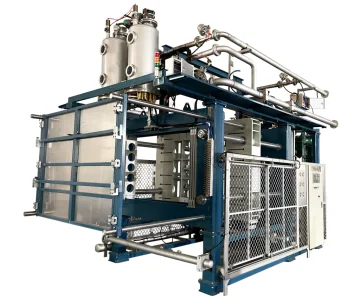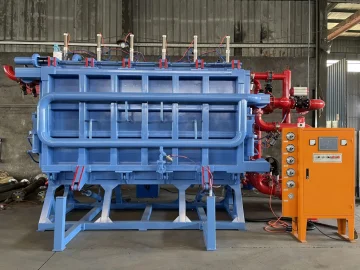In the world of modern manufacturing, Expanded Polystyrene (EPS) stands out as a remarkably versatile and essential material. Its light weight, insulation properties, and ability to absorb shock make it a top choice for a wide array of applications, from packaging and construction to automotive parts and sporting goods. At the core of producing EPS products is the EPS Shape Molding Machine, a sophisticated piece of equipment that transforms tiny EPS beads into accurately shaped products with incredible efficiency. This blog post delves into the principles and processes behind this innovative technology.
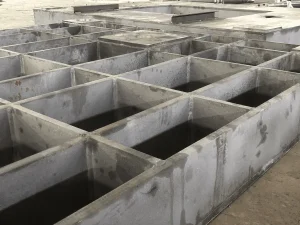
Understanding EPS and Its Properties
Before going further into the details of the mold machine, let’s understand what this EPS is and for what reasons it is so popular.
EPS is a rigid, closed-cell foam prepared from polystyrene-a general-purpose thermoprene polymer.
The secret of the astonishing properties of EPS is hidden in its cellular structure. Small beads of polystyrene are expanded by means of steam that usually contains a blowing agent such as pentane.
The process of expansion creates a network of interconnecting cells that are filled with air, making it:
Lightweight: EPS is a very lightweight material; the general density of this material is about 15-30 kg/m³. It is light, easy to handle and to transport, hence easy to work at different sites.
Insulating: Air trapped within the cells offers very good thermal insulation for the material; thus, it is used as an ideal solution where the maintenance of temperature is crucial: insulation in buildings and packing in temperature-sensitive goods.
Shock-Absorbing: The cellular structure of EPS provides very effective shock absorption against any impact on the goods being transported or handled. This attribute makes it commonly use in packaging for electrical items, appliances, and many fragile products.
The EPS Shape Molding Machine: An Overview
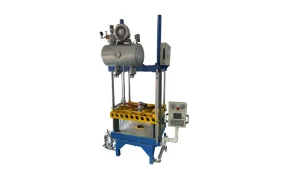
EPS Shape Molding Machine: This is a very special machine that has been specifically engineered to mould the pre-expanded beads into a wide range of shapes and sizes. It will include but not be limited to :
A mold: It is the cavity in which the final product of EPS attains its shape. Molds can be made from different materials, such as aluminum or steel, and should be designed to bear up with heat and pressure from the molding process.
A steam chamber: This is the chamber where pre-expanded EPS beads are introduced and subjected to steam. This action causes the EPS to further expand and melt by pressing against the mold shape.
A cooling system: Circulation of cold water or air around the mold, thereby cooling down the moulded EPS fast to solidify it.
An ejection system: It is a system providing for the ejection of the molded product in EPS from the mold with care to prepare it for finishing touches or packaging.
The EPS Shape Molding Process – Step by Step
The whole process of EPS shape molding may be divided into several successive steps, each of which is important in getting high-quality results:
1.Pre-expansion: All is begun with polystyrene beads, which normally have about 1mm diameter. The pellets run through a device called the pre-expander through which steam gets passed. This heat vaporizes the blowing agent pentane inside the bead, developing it as much as 40 times bigger than its former dimensions, just for further building up the light-weight and very porous structure so characteristic of this material, namely EPS.
2.Maturing: After pre-expansion, the beads are transferred to a holding silo for maturation over several hours; this helps in allowing internal pressure inside the beads to stabilize and facilitates uniform expansion at the time of final molding.
3.Filling the Mold: Filled matured, pre-expanded beads are fed into the EPS Shape Molding Machine and precisely placed in the mold cavity. The amount of beads filled is carefully controlled to achieve the desired density and product weight.
4.Steam Application and Fusion: Application of the filling is followed by closure of the mold, admitting the mold cavity to steam. Further, this steam acts for further expansion and softening of the pre-expanded beads, which fuse under pressure and take the mold shape. This step is very important for making a seamless, structurally sound product out of EPS.
5.Cooling and Solidification: After steaming, circulating cold water or air surrounds the mold. In this short time, cooling has already solidified the fused EPS beads into their final shape, retaining precisely the contours of the mold.
6.Ejection and Demolding: After the EPS molded product has cooled and hardened, the opening of the mold allows for the product to be carefully taken out from the mold cavity. By this time, the product is ready for any secondary processing or packaging.
Advantages of EPS Shape Molding
Advantages that molding of the EPS shape brings are pretty impressive, thus it secures the first place as a manufacturing option for quite a lot of different products:
Precision and Dimensional Accuracy: The molding process ensures that the EPS product is to spec for shape, size, and density to realize consistent quality and meet design specifications. This is especially critical in those applications needing to have very tight tolerances, such as in the packaging of sensitive electronic components.
High Production Efficiency: The EPS shape molding machine is designed with automation and high-speed operations. With it, large volumes of products can be produced within a record time and therefore prove cost-effective in mass production.
Design Flexibility:The flexibility in the design of the manufacturing method allows many other mold designs usable in manufacturing industries for intricate and complex shapes which cannot be obtained from any other manufacturing processes easily. In this regard, such a manufacturing technique is offering possibilities of great innovation in the area of product design.
Lightweight and Versatile Products:Lightweight and Versatile Products: The natural lightweight of EPS makes it ideal in the production of a product line that is lighter and quite easy to deal with, whether in transportation or mounting. Their versatility extends from just packaging or construction to automotive and leisure goods industries.
Sustainability and Recyclability: EPS materials are recyclable; hence, they are friendly to the environment. Most of the EPS shape molding machines now come with integrated energy-saving features, so it has a small environmental impact in the production process.
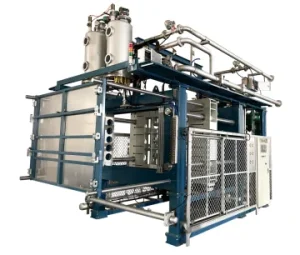
Hangzhou Ouchen Technology – Your Trusted Partner in Foam Molding Solutions
Hangzhou Ouchen Technology Co., Ltd., located in Hangzhou Fuyang District Xindeng Town of China, is the most important area for the production of equipment for EPS. It makes high-end intelligent disappearance mold white area equipment such as EPS Shape Molding machines. Based on enterprise combination, German top technology was combined with several independent intellectual property patents for EPS/EPP in enterprise ownership. Guided by the principle of “science and technology, quality, high efficiency, and energy saving”, the company specializes in the research of automation and manufacturing of high-end equipment in the lost mold casting industry.
Ouchen offers two types of foam molding machines:
Vertical automatic mold taking and forming machine:
- The whole operation of the foaming depends upon the PLC programme of this machine. It consists of one-step start function with intelligent operation.
- It ensures that the mold has little density gradient and uniform density, low water content, and small cell size hence a smooth surface.
- The problem of difficult molding hardly appears easily as there is a great reduction in the volume of steam within the foaming mold during high polystyrene content.
- Technical features are unique bead filling system, rapid replacement of mold, advanced material mixing ratio, accurate process control, and convenient operation amongst others.
Horizontal automatic forming machine:
- The most advanced hydraulic system and a mechanical structure with super-strong locking pressure, compared with other similar types of EPS equipment.
- Uniformly distributed locking points guarantee stability in the case of mold locking and moving during long-time usage.
- It adopts a quick-changing mold system, guide rail, material bump, and quick-change rack to make the downtime as short as possible and improve efficiency.
It also means that the single-touch mold replacement system is an optimized upgrade that further reduces labor costs.
- The molding system adopts an imported electrical digital proportional valve and a linear position sensor for angle seat valve opening control. The application of digital pressure sensors has ensured product quality stability and energy-saving.
- The Siemens intelligent control system adopts a Windows operating interface and is easy to operate. Besides, it adopts imported electrical proportional valves, linear position sensors, and pressure sensors for the accurate, steady, and efficient control of machines.
Advanced technology, solid structure, energy-saving ability, wide range for customization-the Ouchen foam molding machine assures very fine customer service from the very start of consultation to after-sales service.
Whether your goal is to produce EPS packaging, building insulation, automotive components, or other innovative products, Hangzhou Ouchen Technology has the experience and cutting-edge technology to support you. Their commitment to innovation, quality, and customer satisfaction makes them a reliable partner for achieving your manufacturing objectives with efficiency, precision, and sustainability.

